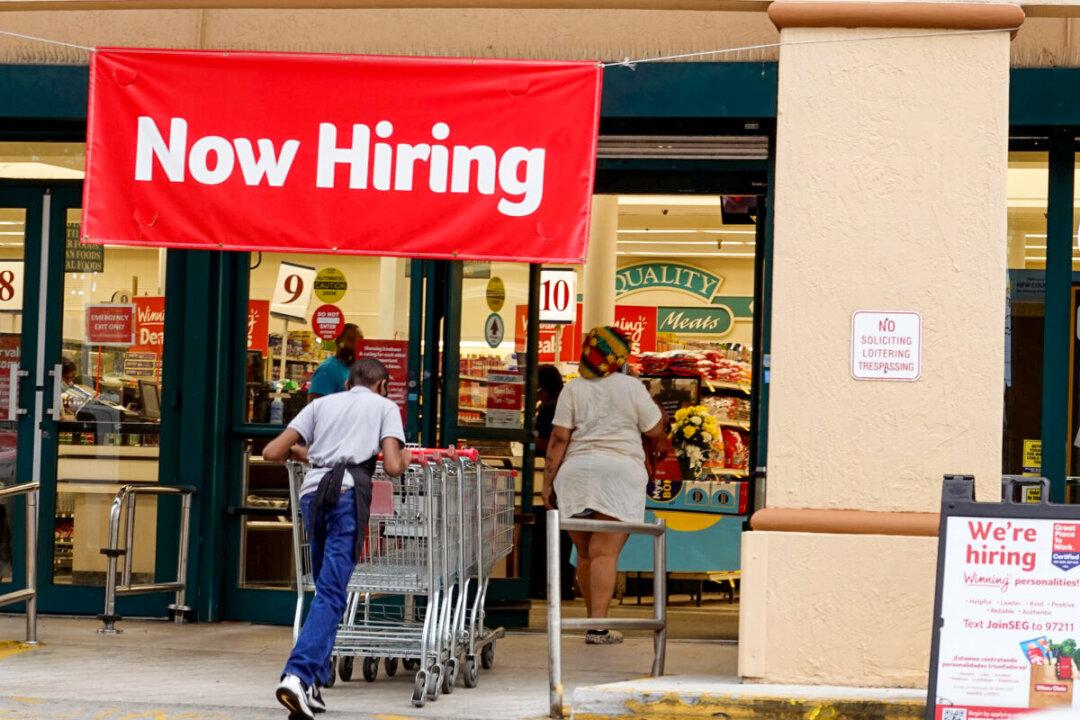New weekly filings for unemployment insurance—a proxy for layoffs and a labor market barometer—fell more than expected last week, to a three-week low, with experts saying that the Federal Reserve will likely see this as a sign of labor market tightness and, therefore, will have no reason to pause in its aggressive monetary-tightening cycle.
First-time filings for unemployment insurance fell to 214,000 for the week ended on Oct. 15, the Department of Labor said in a Thursday report (pdf). Economists expected to see 230,000 claims filed, with the reported number coming as a downside surprise and a sign of labor market tightness.





